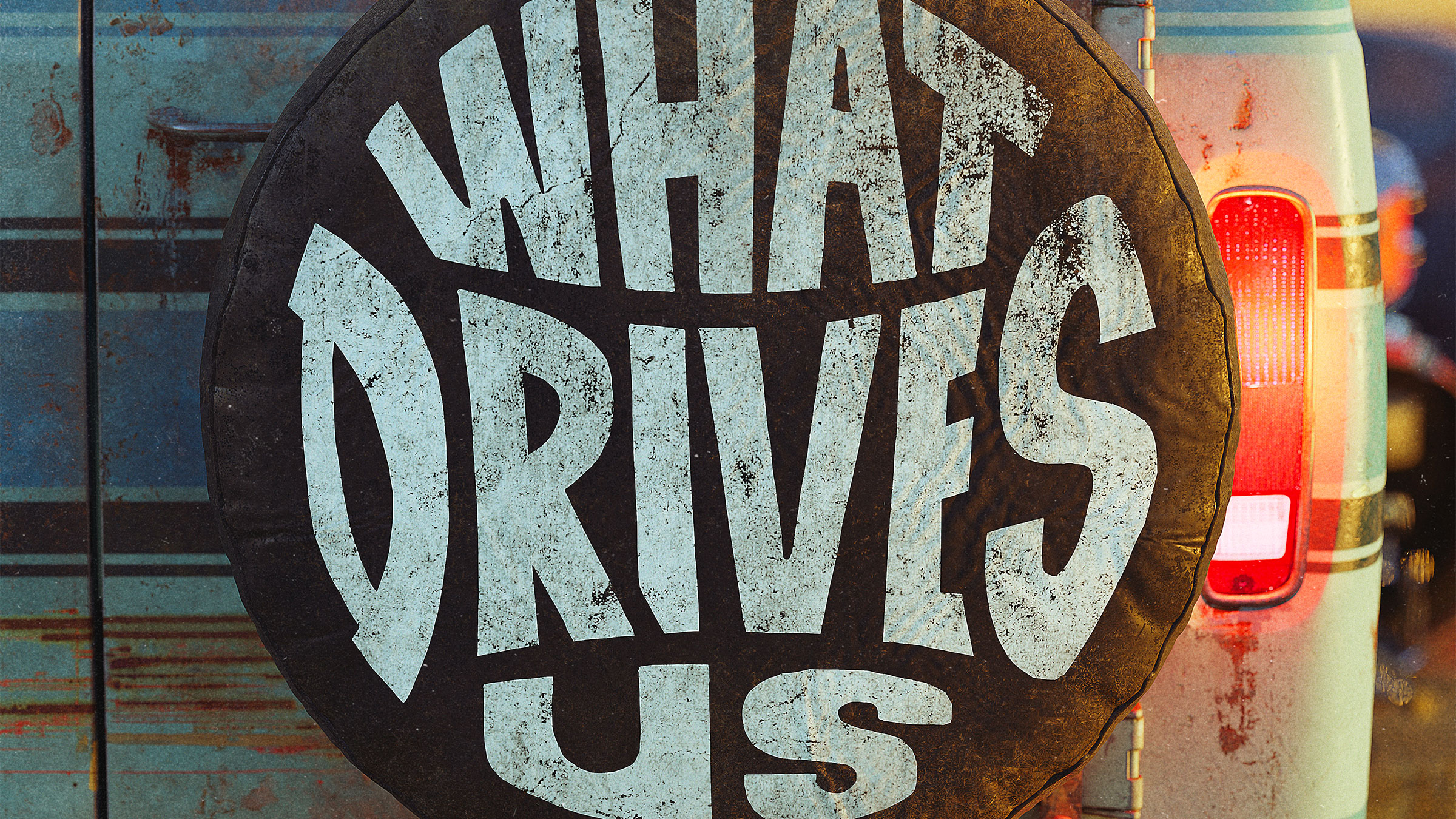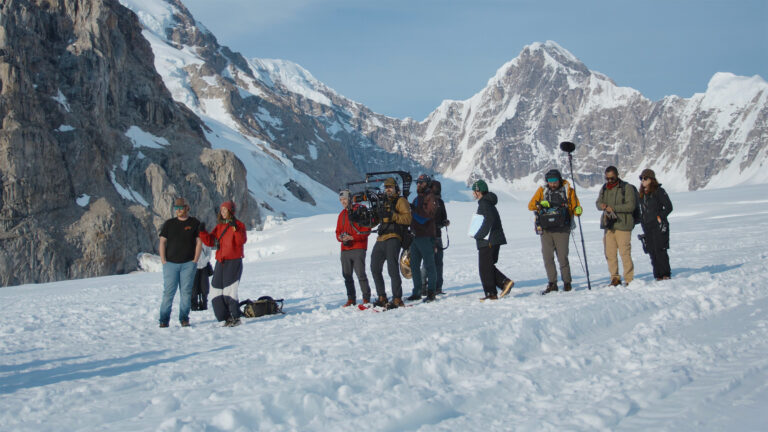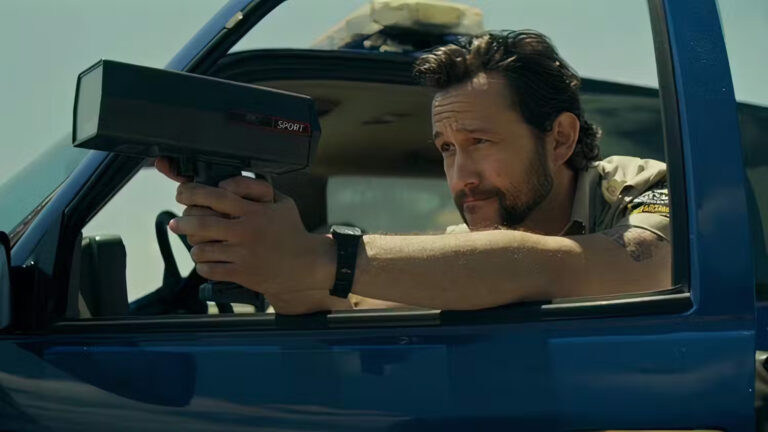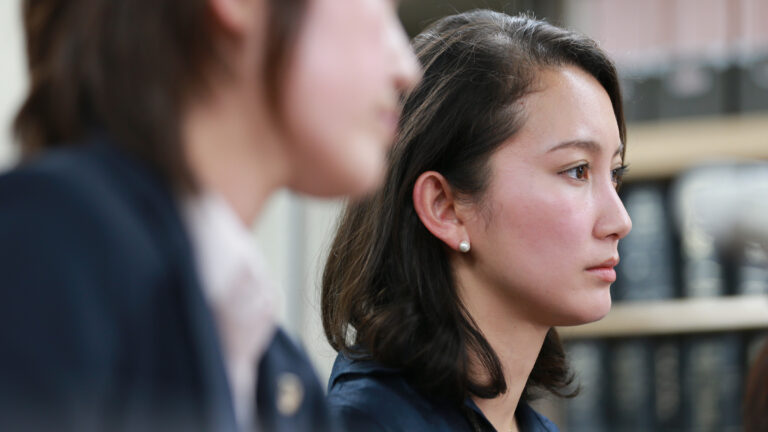What Drives Us isn’t just the title of Dave Grohl’s latest documentary about young musicians who hit the road in search of rock and roll success.
With interviews from a who’s who of rock and roll royalty including Ringo Starr, Flea, Lars Ulrich, The Edge, Steven Tyler, and so many more, it’s a celebration of the bumps along the way that made these stars appreciate the journey as much as arriving at their destination.
But even more than that it’s something that anyone, in any creative endeavor, can relate to.
In this installment of Made in Frame, we had the opportunity to speak to editor Dean Gonzalez about his journey from Columbia College in Chicago to cutting films with the Foo Fighters. We also spoke with producer Jim Rota, a musician and senior director at Blackmagic Design, about their DaVinci Resolve-based workflow and how they stayed on track creatively from different locations during the pandemic.
Friend of a friend
Dean spent his childhood in Chicago shoveling snow, mowing lawns, and learning how to play the drums.
A self-described black sheep with a love of art and horror movies—along with a desire to either become a special-effects makeup artist or a musician—he rejected his parents’ advice to go to business school and instead went to Columbia College, where he worked several jobs to put himself through school.
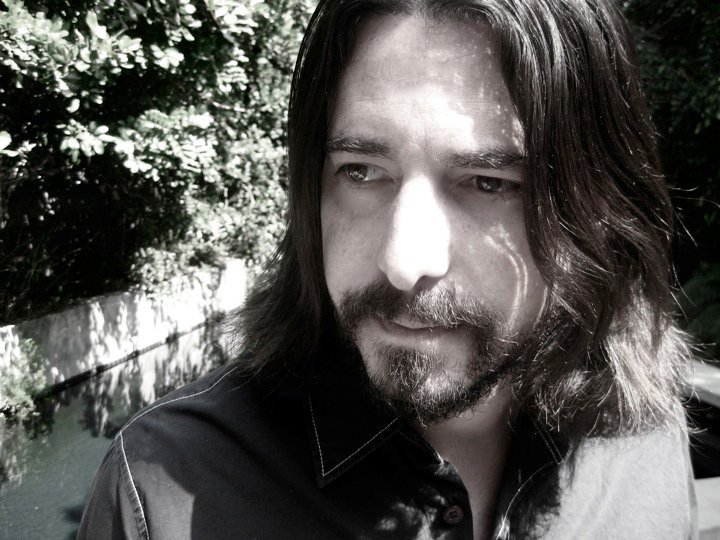
“I worked in the film equipment cage and was a bike mechanic and a waiter,” Dean says. “And then I was a teaching assistant, and worked helping the editing class. We were the first school in the midwest to have an Avid, so that’s where I became very familiar with it.”
Shortly after graduating he decided to head to LA, and for the first six months willed himself to stay there, no matter how challenging it was.
“On the first day, I didn’t know a soul there, and I just went to a 7-11 to get an apartment finder. I called a guy who had a place available that night and moved into a crappy apartment. A friend who worked at Avenue Edit in Chicago helped me get an interview at their Santa Monica facility, and I took buses or rode my bike from Hollywood to get there because I didn’t even have a car,” Dean says.
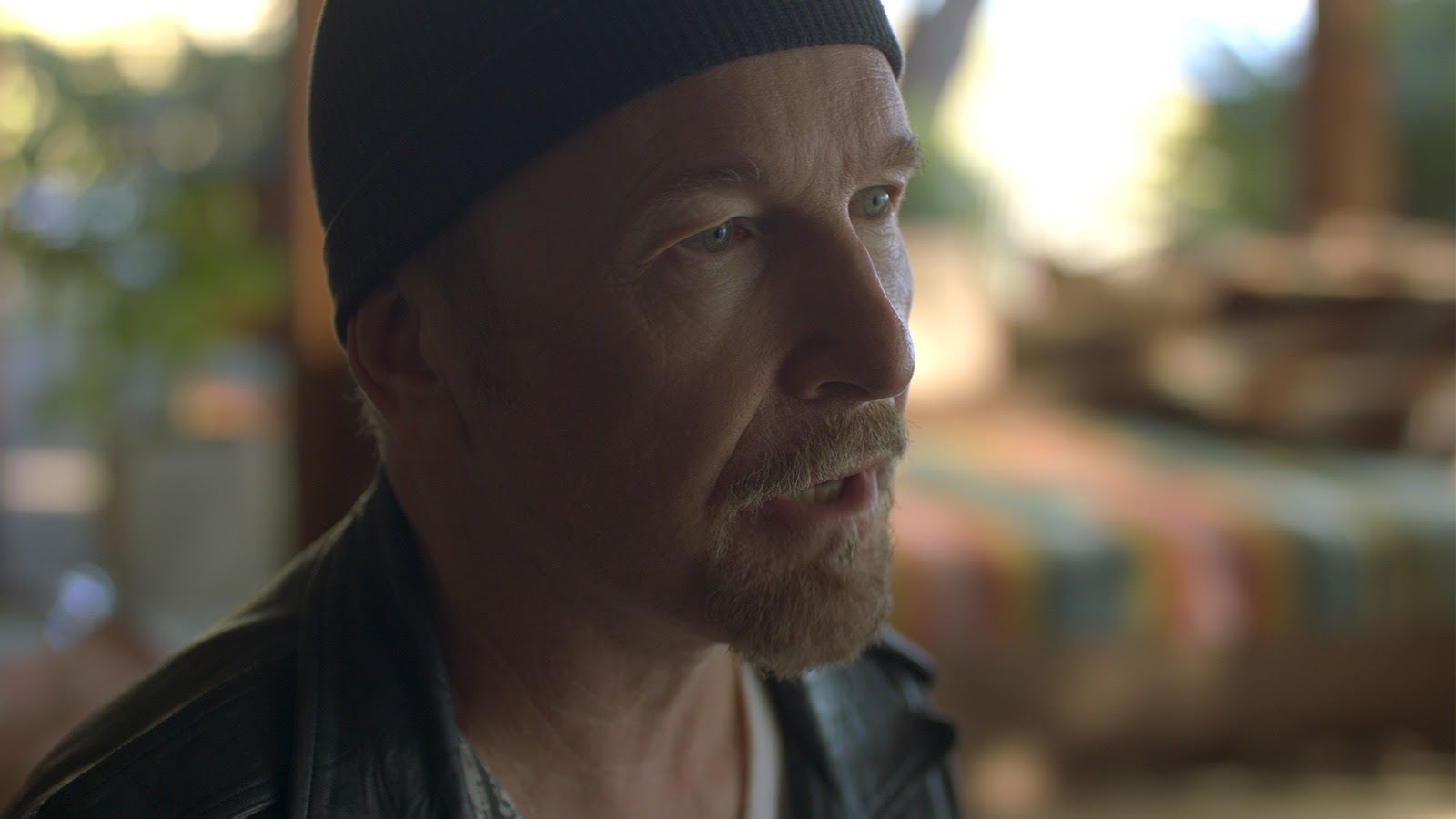
“You always heard people say that it takes seven years to go from assisting to editing, but it took me three years. I did everything for the editors there—walked their dogs, picked up their laundry—and cut everything I could. Makeup artists’ reels. Actors’ reels. I just worked nonstop.”
That was back in 1998. Dean’s journey then led him to Sunset Edit, where he cut music videos for bands like Aerosmith, Mars Volta, and Stereophonics, and learned that working quickly was a critical skill in that particular industry sector.
“There was an amazing group of editors there, and I learned so much. One of the things that I became known for was how to get through a lot of footage fast,” he says.
“I recently did a job for Uber where it was a three-day shoot with dozens of setups a day and I needed to cut a 20-minute film in a week.”
Learn to fly
Dean’s passion for music and movies had gelled into a thriving career.
“It’s like that saying ‘If you love what you do, you’ll never work a day in your life,’” he says.
“I’ve had a blessed career in the sense that I’ve gotten to work with some really amazing artists. I cut Heart Like a Hand Grenade for Green Day. I got to go on tour with Jared Leto and 30 Seconds to Mars, and travel to 17 countries with them. And I know what it’s like to give up everything you know to follow your dreams, which is what I did when I moved to LA.”
In 2019, Dean was working on skateboard documentary N Men: The Untold Story when he met executive producer John Ramsay at Therapy Studios.
“I had always loved their work and I had a lot of editor friends there,” he says. “And that summer John and I talked about them repping me. I went to Chicago to work on a feature called Echo Boomers and John called me and was like, ‘Hey, man, would you be available for a project coming up with Dave Grohl? But you’d have to come back to LA for it and you’d have to edit on DaVinci Resolve.”
The Foo Fighters’ Studio 606 in Van Nuys was bustling when Dean arrived to start work on What Drives Us in January 2020. In addition to the film, the band was finishing up their tenth album and getting ready to embark on “The Van Tour” to mark their 25th anniversary in support of its release, scheduled for April 2020.
Grohl was also executive producing the Paramount+ documentary series From Cradle to Stage, based on his mother’s book in which she wrote about the moms of famous music stars like Geddy Lee, Pharrell Williams, and Brandi Carlile.
Because the studio was short on space with so many projects working, Dave graciously turned his office into an edit suite for Dean.
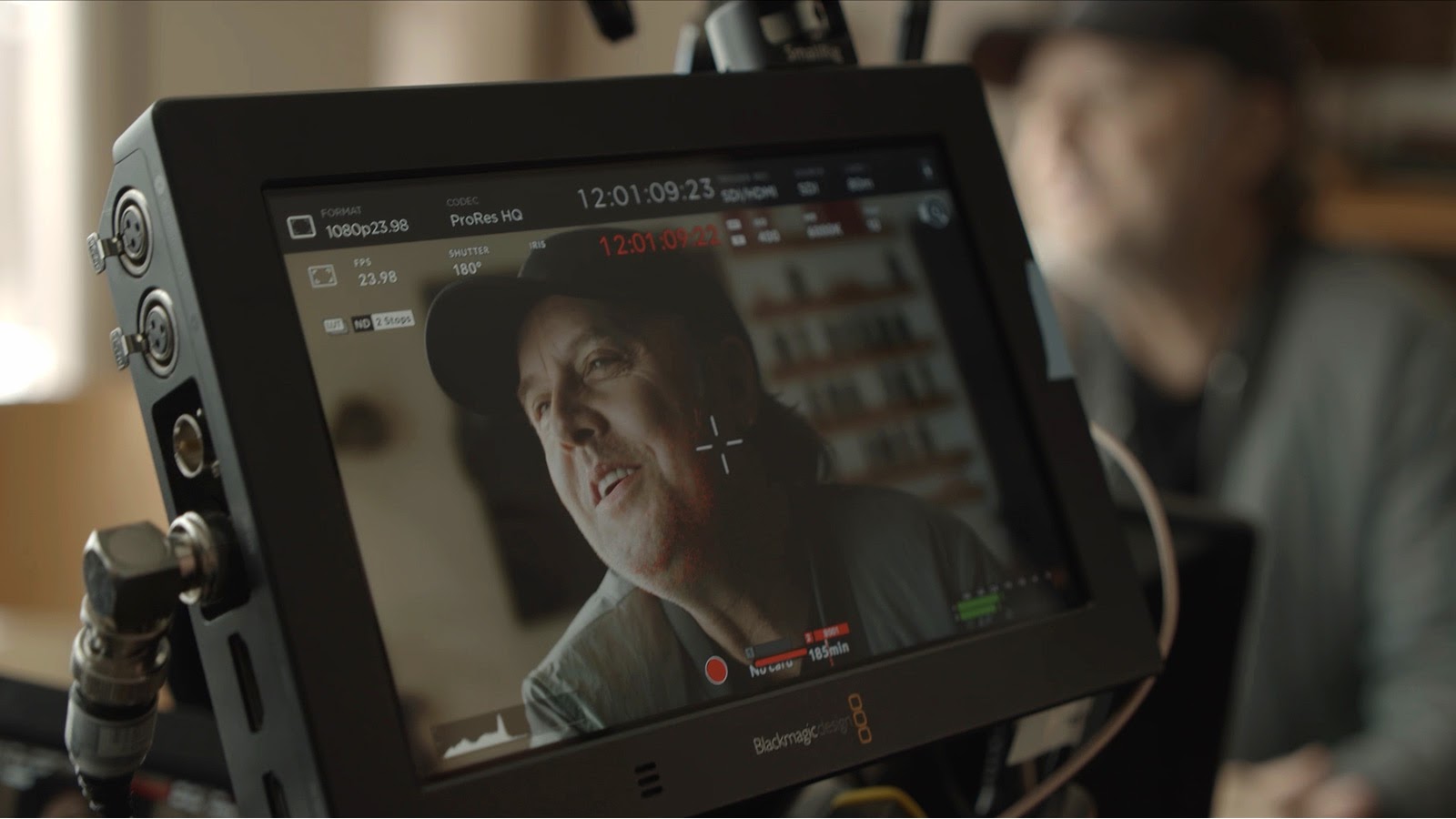
Make it right
Co-producer Jim Rota set up an end-to-end Blackmagic Design workflow.
The team shot on an Ursa Mini Pro 4.6K, a Pocket Cinema Camera 4K, and a Pocket Cinema Camera 6K all in raw, and edited in raw in DaVinci Resolve 16, which meant they never had to wait for transcodes to start working. Visual effects work was done in Fusion, and color grading in Resolve, as well.
“The guys from Blackmagic were really supportive and were, like, ‘whatever you need,’” Dean says.
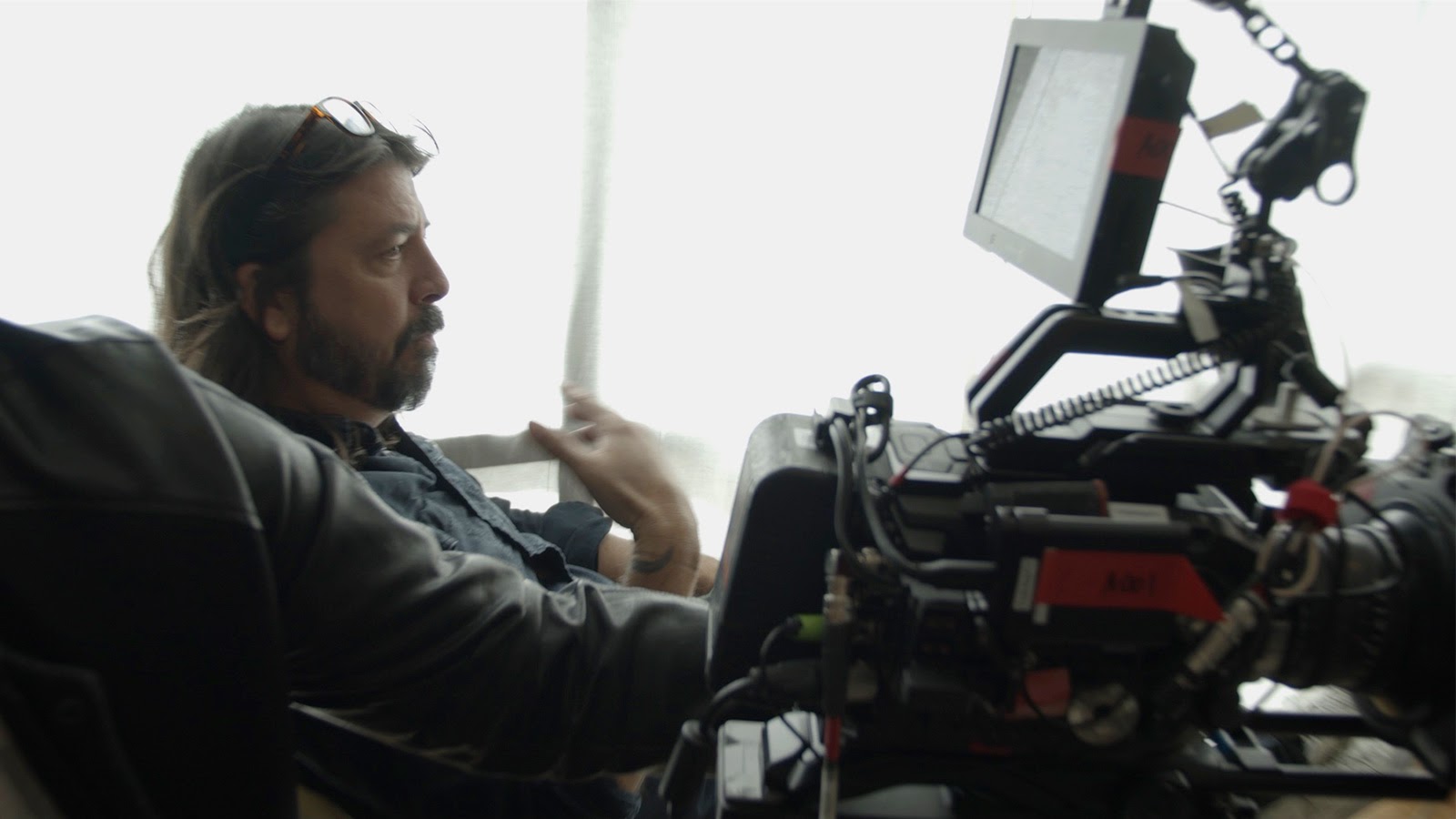
Although Dean learned how to edit on Avid, which he used through much of his career, in recent years he’s worked on most of the major NLEs including Final Cut Pro, Adobe Premiere Pro, and DaVinci Resolve.
In the case of this project, Dean says, “It all worked flawlessly. I was just sitting there editing in 4 and 6K and it was totally fluid.”
What Drives Us is made up of interviews Dave has with the various rock stars about their lives on the road, intercut with lots (and lots) of archival video and stills. Frame.io, which has a direct integration with Resolve, was pivotal to the process of sourcing and getting approval on the archival components.
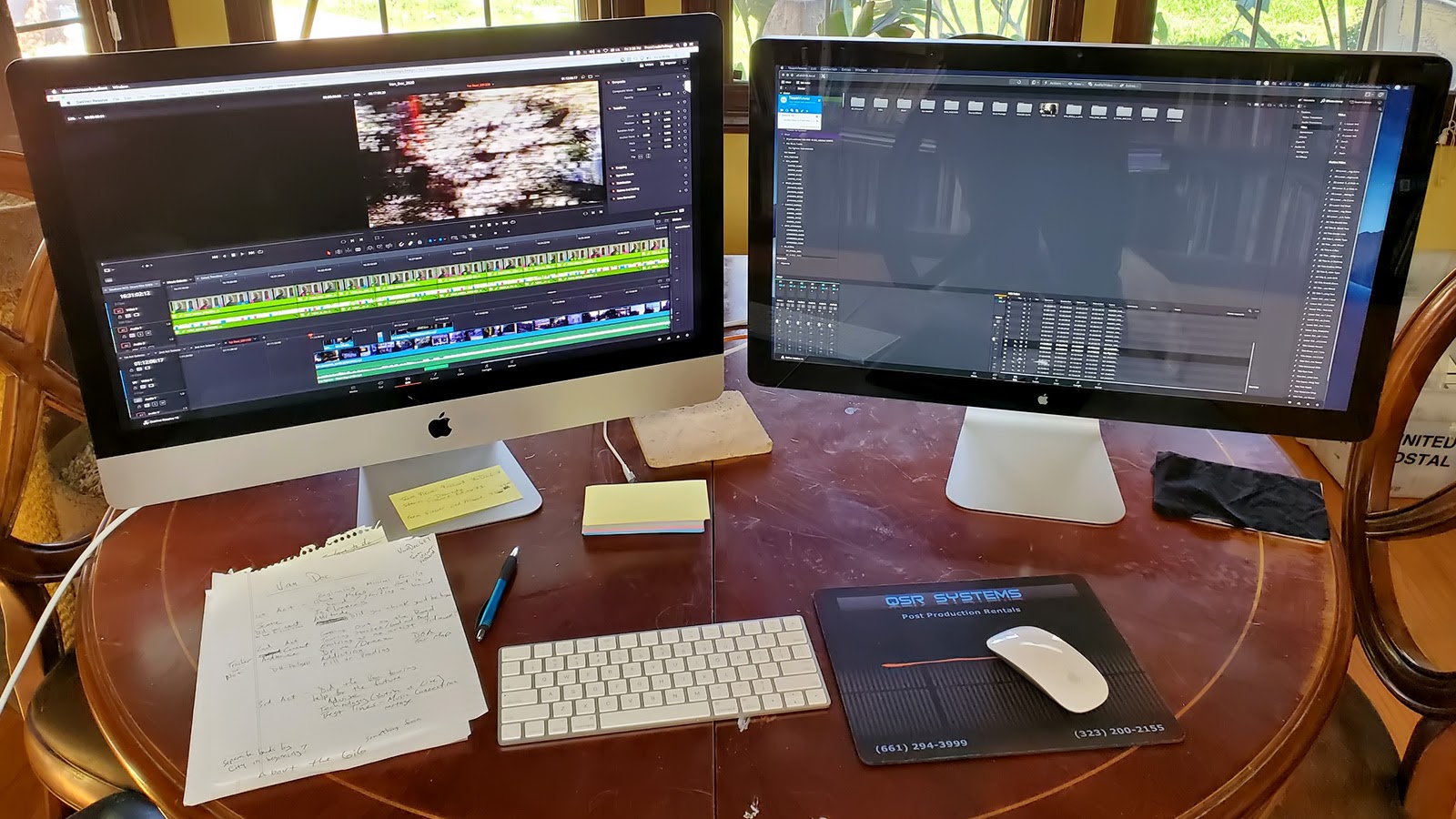
Dean is the kind of editor who likes to jump onto YouTube to find his own archival footage because he has a clear idea of just what he’s looking for.
But getting clearances is another story.
Working closely with associate producer Xilonen Oreshnick, he’d send her cuts in Frame.io. She, in turn, was able to quickly reply, either with a go-ahead or with comments and suggestions for alternatives.
“As the cut evolved, we had two versions uploaded—one for clearances with the metadata and timecode of the footage, and one to show the producers,” Dean says.
“It really helped the clearance license team to be autonomous in post-production.”
Concrete and gold
So, when faced with hours of interview gold and a treasure trove of archival material provided by the artists, where do you even begin?
It’s where Dean’s superpowers of blasting through footage really mattered.
“I started with the interviews. That’s especially important in a project like this,” Dean says.
“How can you ask for footage that’s better than what I got? Brian Johnson from AC/DC, Annie Clark [St. Vincent], Kira Roessler from Black Flag, Ben Harper. Dave Lombardo from Slayer? One of my favorite bands ever. And Flea was so heartfelt and emotional. So starting with the interview footage was the bread and butter.”
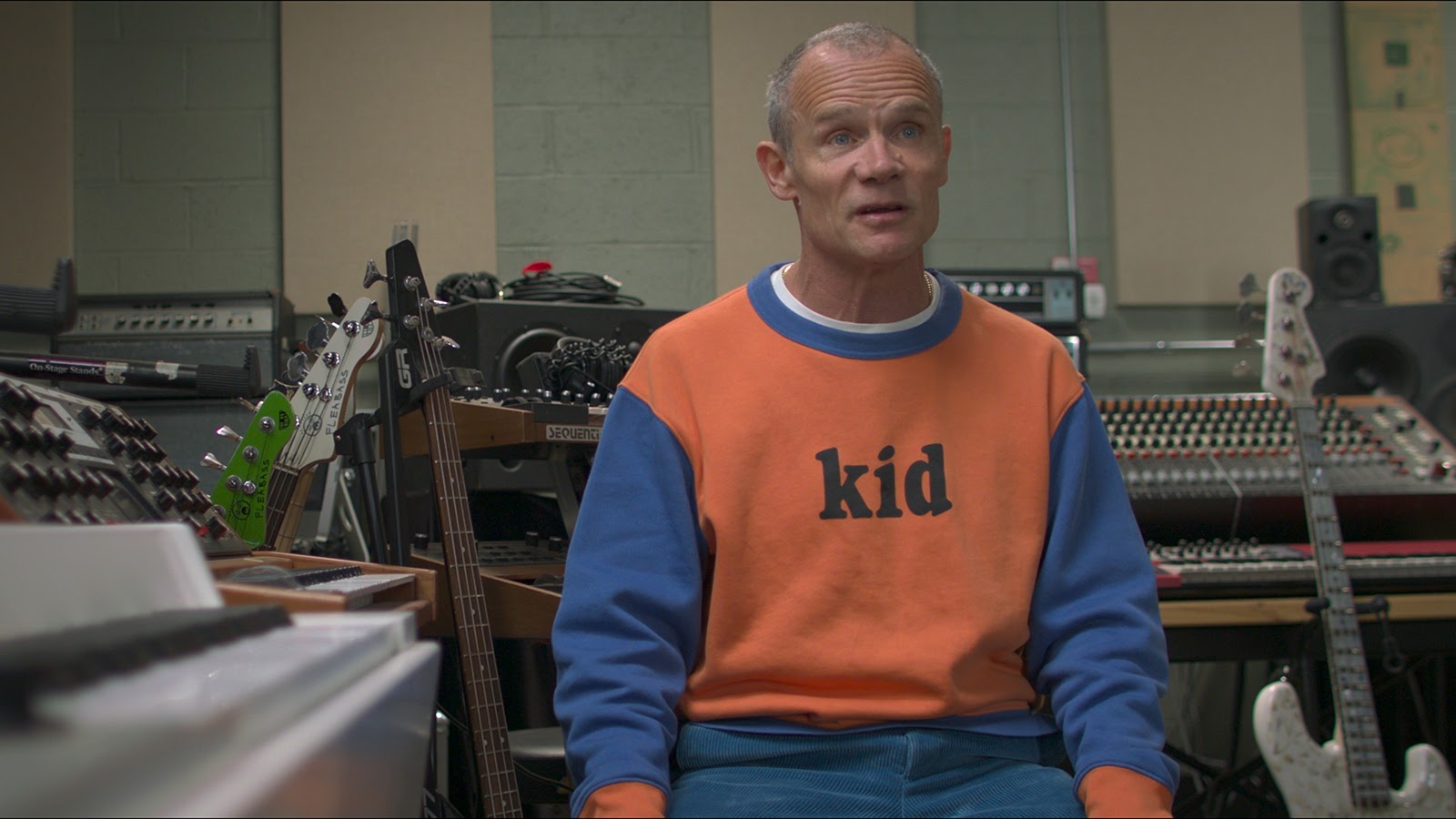
Dean and assistant Brandon Balin, who has worked extensively with Blackmagic on other projects, said that the foundation to this film was organization.
“Brandon’s a technical wizard and had already been breaking things down for me so I was able to come in and get started listening to these amazing interviews,” Dean says.
“I pulled selects for each person, like, every great thing that each person says. And then I broke the film into different reels or acts, like ‘This is my first musical experience,’ or ‘This is my first American tour.’ Or there’s a ‘Still Touring’ section where Exene Cervenka and Lars Ulrich and The Edge talk about how they’re still going out on the road. And I’d pull the good bits from each person’s interview to start building the story.”
For the first couple of months, Dave was able to just pop into Dean’s room to look at cuts.
“He would come into the room, and we’d talk about the cut. He mostly would tell me that things were looking amazing, and he really just let me do my thing. It was always such a pleasure and a treat,” Dean says.
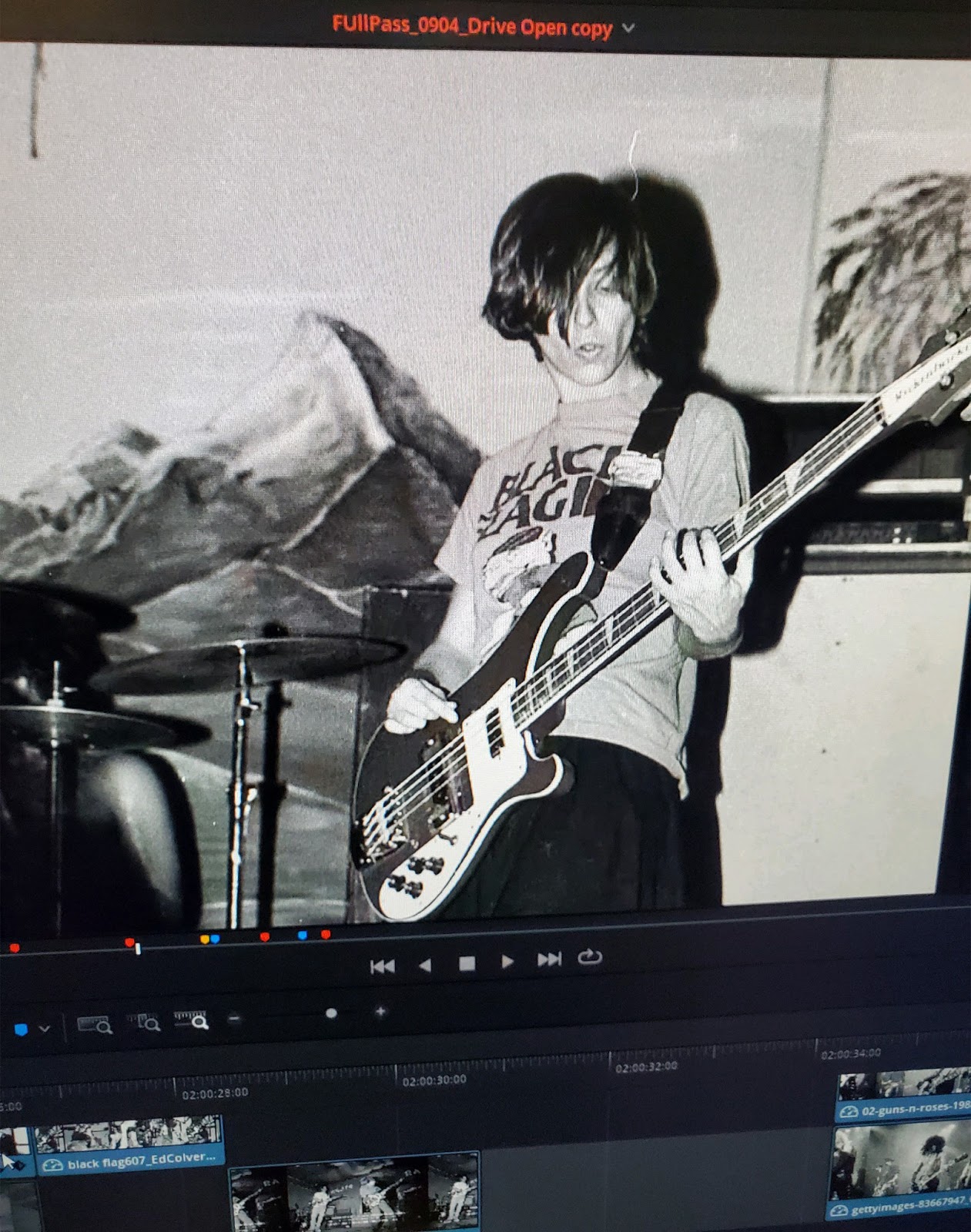
Times like these
The Van Tour, scheduled to begin in Spring 2020, was driving the deadline for the film.
The original plan was to have a ten-minute version to play at the live shows. And because Dean was focusing on the ten-minute version, the longer version wasn’t ready.
And then COVID happened.
The tour was initially postponed until autumn 2020, then canceled altogether. Dave took his family to Hawaii, and the studio emptied out. Dean—who had actually been living and working back in Chicago for a few years—found himself alone at 607.
There’s nothing good about a global pandemic. But there are ways to take the detours that are handed to us and use them to discover opportunities we might not have otherwise had.
In this case, Dean was given the luxury of time. With hard deadlines no longer an issue, he was able to take the time he wanted to make the movie the best it could be.
He was also able to focus, without the distractions that come from having people you can’t believe you’re working with talking outside your suite or when it’s Taylor Hawkins’ birthday and of course you have to help him celebrate.
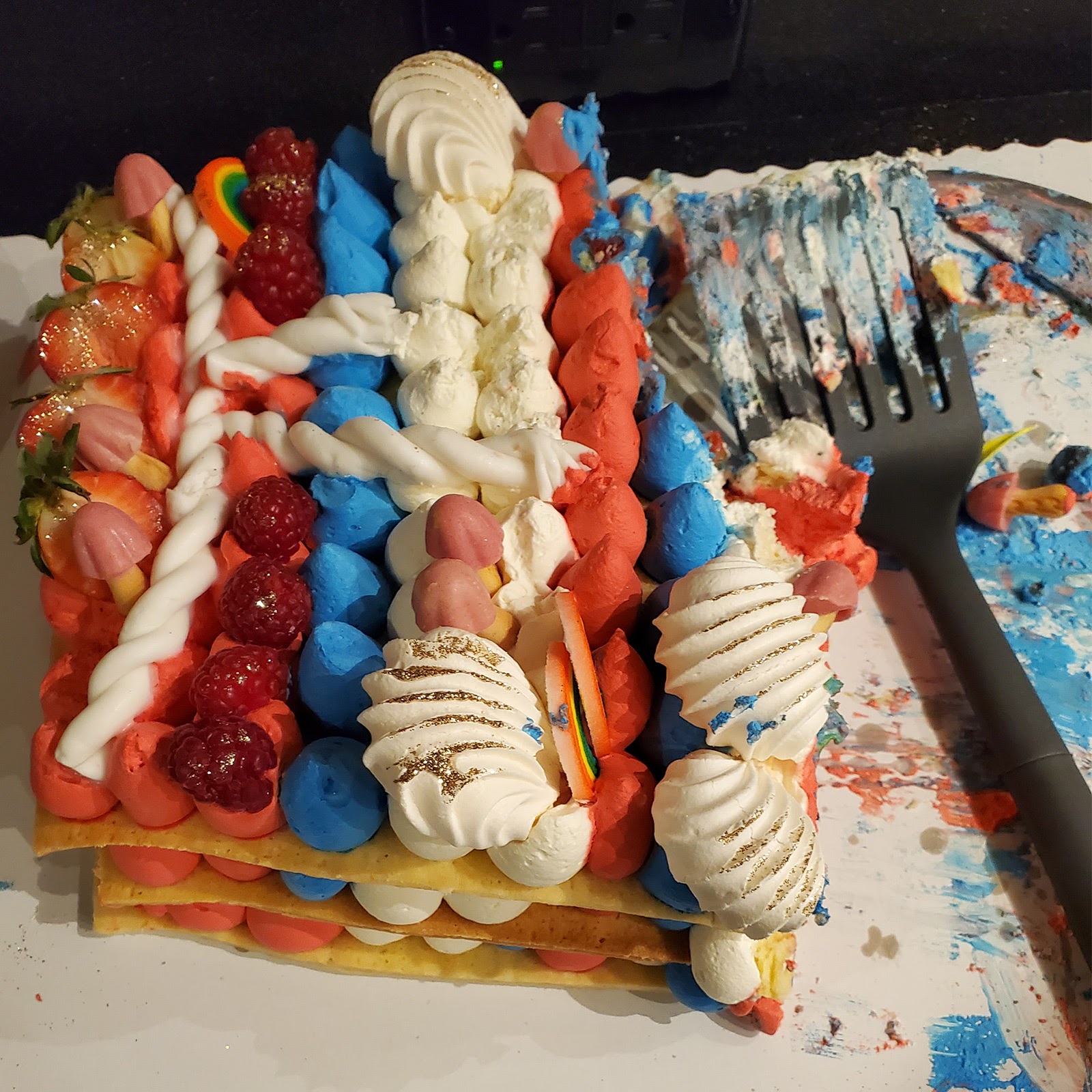
For three months, Dean was on his own. “It was a unique experience because I also like to play cuts really loud and just listen and really craft it. I had the time to think about how it was playing out and to move sections around. Without the time, I know it wouldn’t have been as good,” he says.
After having been away from his wife and dogs for months, Dean went back to Chicago and worked from home. With the producers in LA and Dave still in Hawaii, it didn’t matter where he was.
“Especially during these times, Frame.io was essential and so extremely helpful to the process,” he says. “Everybody was able to chime in with their comments even though they were far away.”
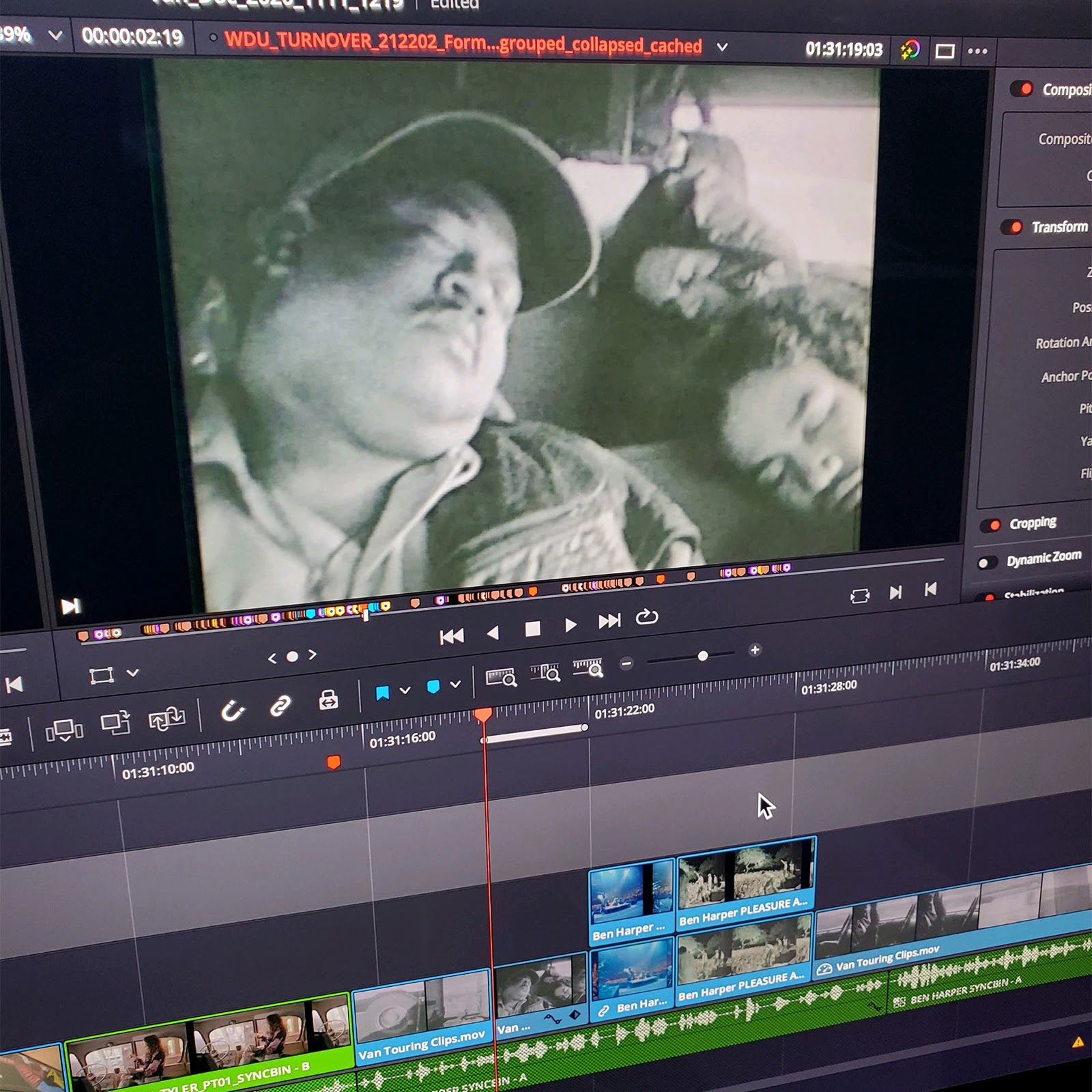
As restrictions eased, Dave eventually went back home to LA, and Dean moved back to LA permanently. With lots of safety precautions—daily testing and proper distancing—they were able to go back to in-person sessions at the end for finishing.
“We went to DaVinci Resolve Studio and Michael Smollin did the color grading, and we did the temp mix at 607 with [sound editor] Brandon Kim,” Dean says.
Best of you
What Drives Us is, at its heart, a love letter to the times that bands spend together, in uncomfortably close quarters, and how that inspires and nourishes them creatively.
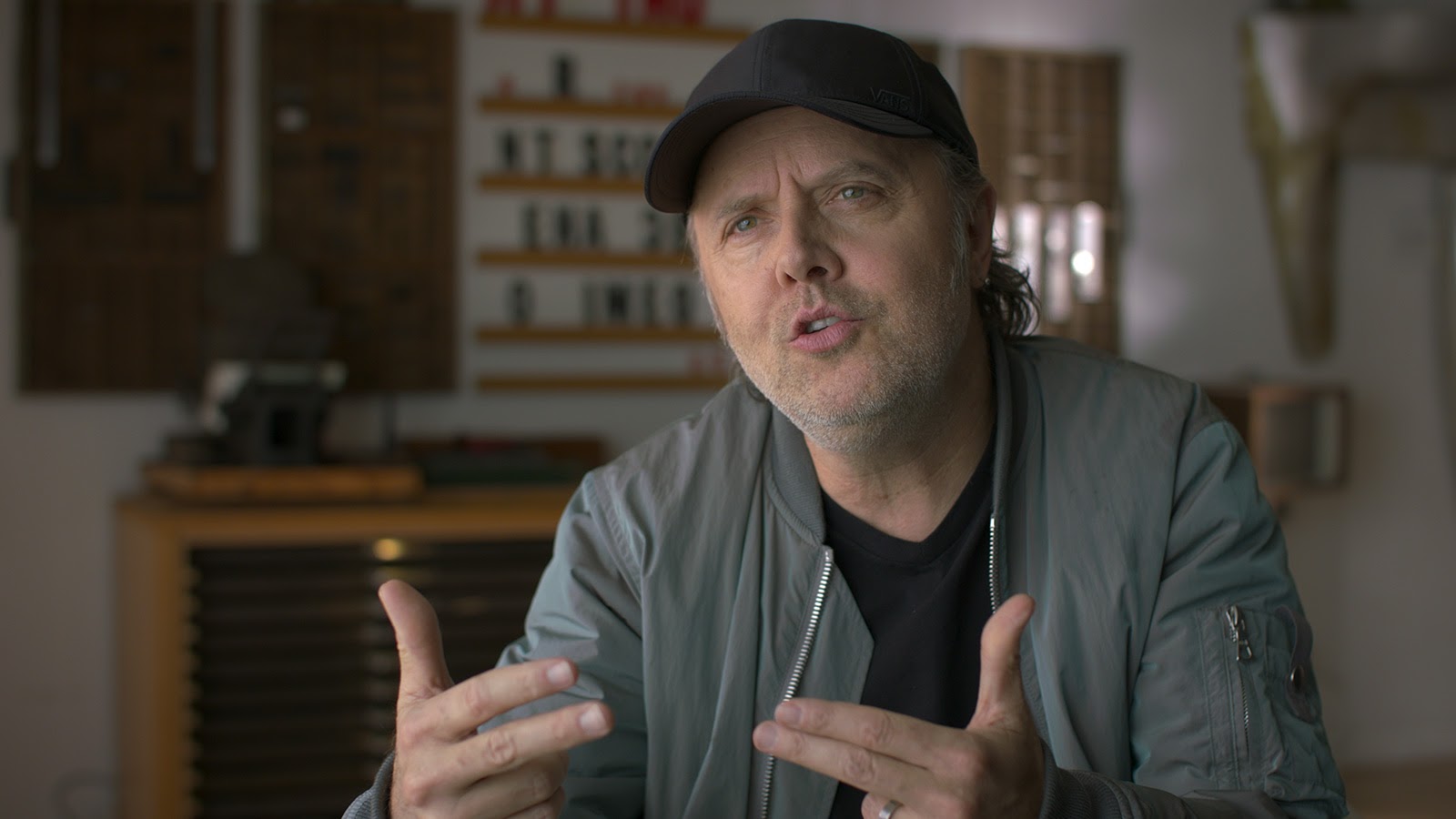
Dave has been famously vocal about putting in the work to get good at something.
“When I think about kids watching a TV show like American Idol or The Voice, then they think, ‘Oh, OK, that’s how you become a musician. You stand in line for eight f-ing hours with 800 people at a convention center and then you sing your heart out for someone and then they tell you it’s not f-ing good enough.’ It’s destroying the next generation of musicians!”

“Musicians should go to a yard sale and buy an old f-ing drum set and get in their garage and just suck. And get their friends to come in and they’ll suck, too. And then they’ll f-ing start playing and they’ll have the best time they’ve ever had in their lives and then all of a sudden they’ll become Nirvana. Because that’s exactly what happened with Nirvana. Just a bunch of guys that had some shitty old instruments and they got together and started playing some noisy-ass shit, and they became the biggest band in the world.”
For Dean, it was about living in his crappy LA apartment and getting three tacos as a splurge on Del Taco Tuesdays or 49-cent mustard dogs at Wienerschnitzel.
“Most of the people I knew who moved to LA came right back to Chicago,” he says. “But I didn’t care if I had to live on a dollar day. I was going to stick it out.”
He and Dave talked a lot about what they wanted to achieve with this movie. “It started out as just this one thing of getting out on the road in a van, but it organically became more than that. It became an inspirational story, to inspire the next generation of bands,” Dean says.
“I really connect to the stories these musicians told, toughing it out but also loving what you’re doing. I feel so honored to have been able to do this film, because there was part of me that wanted to be a musician, but what I get to do now is the best of both worlds,” Dean says.
When we created this blog, we hoped to educate and inspire our readers. So in that spirit, we hope that Dean’s story inspires the next generation of filmmakers.

